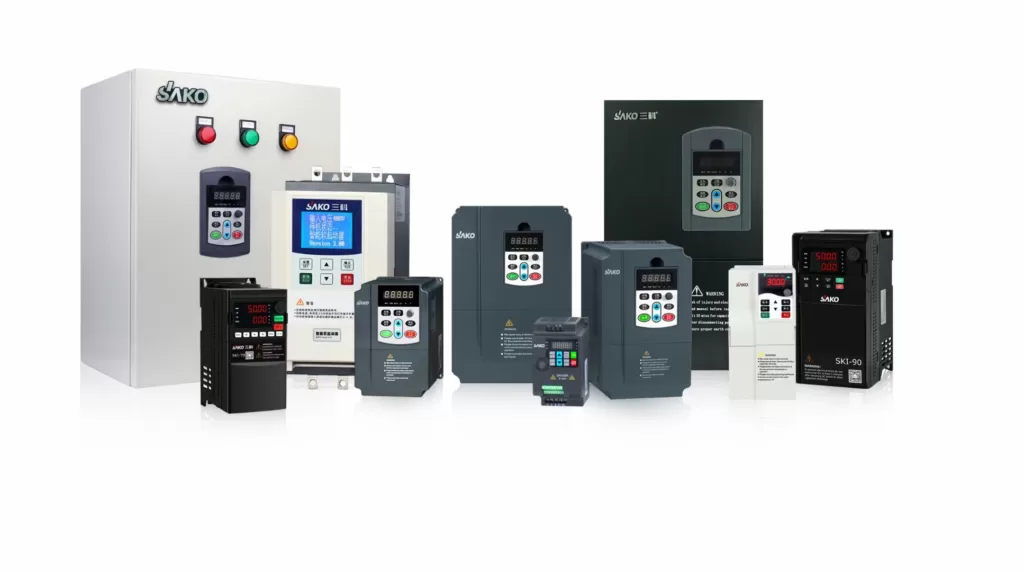Staring at your motors and pondering about their efficiency? Over the years, I’ve realized that many companies undervalue the potential benefits of a variable frequency drive (VFD). VFDs are transforming the way industries operate, ensuring the machinery achieves peak performance while saving energy. Wondering if you’re missing out on these advantages? Let me guide you.
Variable frequency drives (VFDs) are electronic equipment designed to control the speed of an AC motor by varying the motor input frequency and voltage. They ensure smooth motor operation, prevent issues like bulging or leaking capacitors, and can save significant energy.
I bet you’re intrigued. So, let’s dive deeper into the signs indicating that you need a VFD.

Is Your Motor Speed Fixed and Non-adjustable?
Motors without a VFD operate at a fixed speed. But in a dynamic plant environment, the need for speed variation arises. For instance, a pumping system might require varied motor speeds. Using a VFD, motor speed can be adjusted based on demand. This ensures not only efficiency but also prolongs the life of the equipment.
Do You Want to Save Energy?
Energy savings is one of the most compelling benefits of VFDs. Motors consume more power at fixed speeds, especially during partial load conditions. A variable frequency drive helps in controlling the motor’s power input, thereby using only the energy required. This, in turn, results in energy savings, which is both eco-friendly and pocket-friendly.
Experiencing Motor Failures?
Frequent motor windings and bearing failures? VFDs can be the solution. Bulging or leaking capacitors, hearing strange noises, erratic operation, or even issues related to loose connections can be a common problem indicating the need for better motor control, which a VFD provides. Also, proper training for users ensures that VFDs are maintained at their best.
Worried About Power Quality?
Power quality is pivotal for the longevity of electronic equipment. Fluctuations in the power supply can lead to blown capacitors or damaged fans. A VFD can help maintain consistent power quality by adjusting the motor voltage and frequency as per the need, ensuring peak performance of the motor and other attached systems.
Want to Protect Your Motor from Environmental Factors?
In many plant environments, internal condensation can form inside motors, leading to issues. VFDs, especially those with sealed housing, prevent internal condensation, ensuring that circuit boards and other internal components remain dry. Moreover, VFDs can also prevent overheating and ensure proper airflow, especially when used in conjunction with side vents.
Does Your Motor Start Abruptly?
A sudden start can cause torque surges which can stress the motor and other machinery components. Variable frequency drives allow soft starting and stopping, ensuring a gradual increase or decrease in speed. This smooth operation reduces wear and tear and prolongs the life of the system.
Are Your Energy Bills Shooting Up?
Motors operating without a VFD often consume more power than required, leading to inflated energy bills. Incorporating a VFD can modulate motor operation, ensuring it only consumes power as needed based on load requirements.
Conclusion
In the dynamic world of industrial applications, the right VFD can be a game-changer. From energy savings to improved motor lifespan, the benefits are immense. If any of the signs above resonate with your current scenario, it’s time to consider integrating a variable frequency drive. After all, efficiency, longevity, and cost-saving are crucial for any industry.
Remember, the world of VFDs is vast, and as the general manager of foreign trade at SAKO VFD department, I’ve seen the difference it makes. Do your research, determine your needs, and choose the right VFD for your application. Not only will your machinery thank you, but so will your bottom line.
